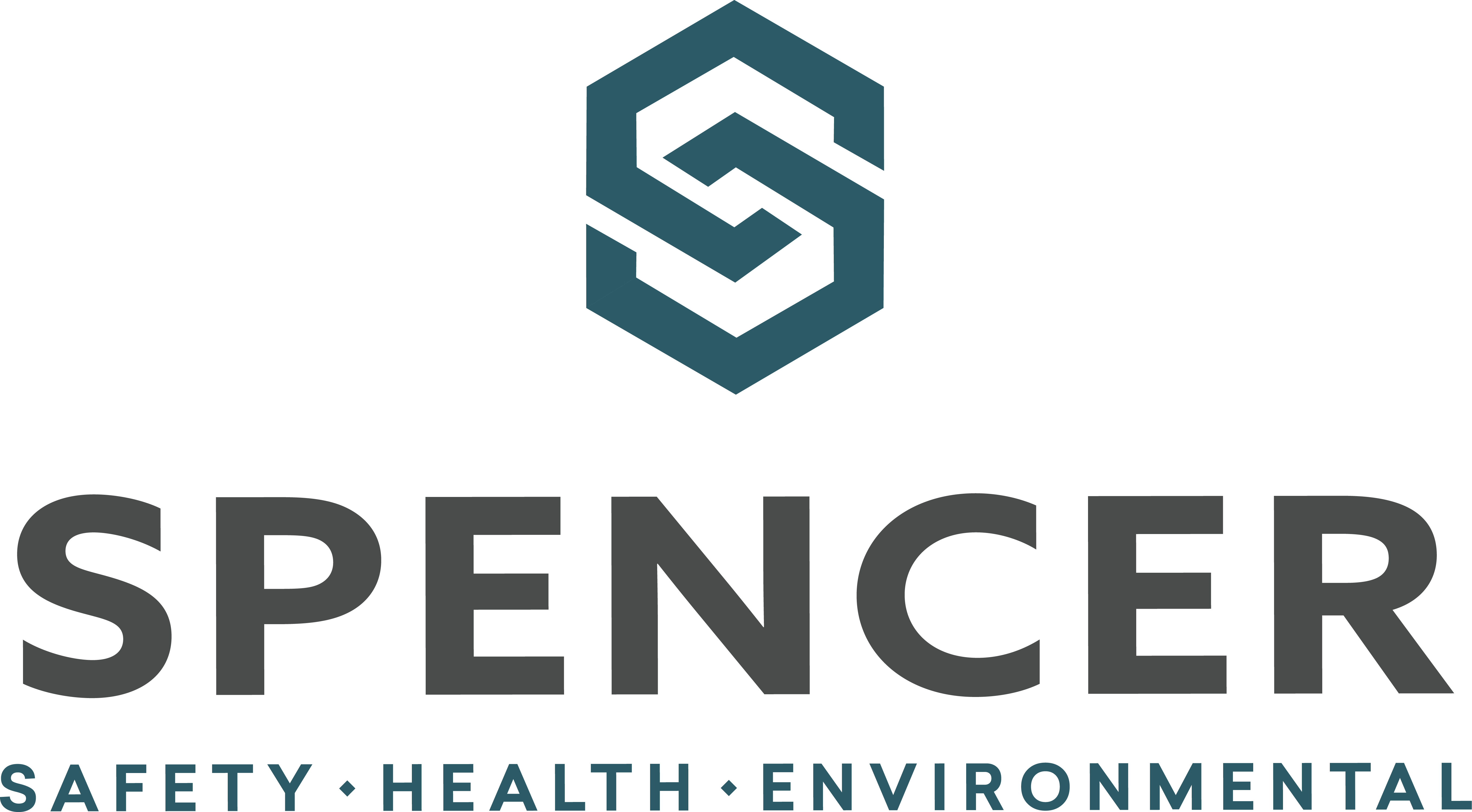An updated version of OSHA’s “Head Protection: Safety Helmets in the Workplace” SHIB (Safety and Health Information Bulletins) was released in April 2024, following the original release in November 2023, to help clarify some key points about head protection types, classes, and considerations when selecting a solution. The OSHA SHIB states, “With a thorough understanding of the benefits and capabilities of head protection options, employers and workers can make informed decisions on selection and use.” Protective headgear must meet ANSI standard Z89.1-2009 or later.
The SHIB states that “modern head protection—whether it’s a safety helmet or a hard hat—varies in styles and levels of protection, allowing employers and workers to choose head protection appropriate for the job.” OSHA continues, “Employers must conduct a hazard assessment at their job site and based on the workplace hazards, determine whether head protection is necessary and, if so, the most appropriate type.”
OSHA recognizes two Types (impact) and three Classes (electrical) of head protection. These include:
• Type I head protection, offering protection from impacts to the top of the head.
• Type II head protection, offering protection from impacts to the top of the head as well as lateral protection.
• Class G (General) head protection, designed to help reduce exposure to low-voltage conductors and proof tested at 2,200 volts (phase to ground).
• Class E (Electrical) head protection, designed to help reduce exposure to higher voltage conductors and proof tested at 20,000 volts (phase to ground).
• Class C (Conductive) head protection, which is not intended to provide protection against contact with electrical hazards.
The SHIB also notes that accessories such as chinstraps, face shields, eye protection, and hearing protection may also be considered to address specific job sites and application hazards.
Some important factors to keep in mind when conducting a Hazard Assessment include:
• Previous records of head injuries or near misses.
• Impact and other risks, including falling objects, hitting or bumping the head, lateral impact, electrical shock, or chemical splashes.
• Job-related tasks and applications, such as working at height, confined space entry, climbing, or welding.
• Environmental conditions such as electrical sources, extreme weather, or high noise.
Additional factors to consider when choosing head protection may include comfort and worker compliance and your organization’s customization requirements for PPE.
The OSHA SHIB includes considerations for choosing head protection for:
• Construction sites, especially those with high risks of falling objects and debris, impacts from equipment, awkward working positions, and/or slip, trip, and fall hazards.
• Oil and gas, where workers face potential exposure to chemicals and severe impacts.
• Working at height.
• Electrical work or tasks that involve proximity to electrical hazards.
• High- and low-temperature environments.
• High visibility for construction and road work.
• Specialized work environments that may require integrated face shields, hearing protection or communication devices.
Inspecting your head protection prior to each use and throughout the day can help ensure that its protection capabilities are not compromised, even from what may look like minor damage or a hairline crack.
OSHA outlines general inspection steps and storage guidelines in the updated SHIB:
• Inspect the outer shell for cracks, dents, or other signs of damage.
• Examine the suspension system (headband and chin strap) for wear and tear.
• Check for labels and certification marks.
• Examine accessories and attachments.
• Check for proper fit.
• Refer to the manufacturer’s guidelines for recommended lifespan or guidance on when to take head protection out of service.
• Clean and dry head protection before storing.
• Maintain a record of each inspection, noting the date, any findings and actions taken.
Spencer-SHE has been providing Safety, Health and Environmental Compliance Guidance since 1980. Initiating a hazard assessment is required to know what type of protection will work best. Let our team fully measure your hazard risks.
Contact us here to help you to develop and maintain a safe and healthy workforce.
Sources:
Photo: Microsoft Stock
https://ohsonline.com/Articles/2024/09/10/Considerations-for-Choosing-Head-Protection.aspx?Page=2
https://www.safetyandhealthmagazine.com/articles/25348-head-protection-understand-the-options
https://www.osha.gov/sites/default/files/publications/safety_helmet_shib.pdf

